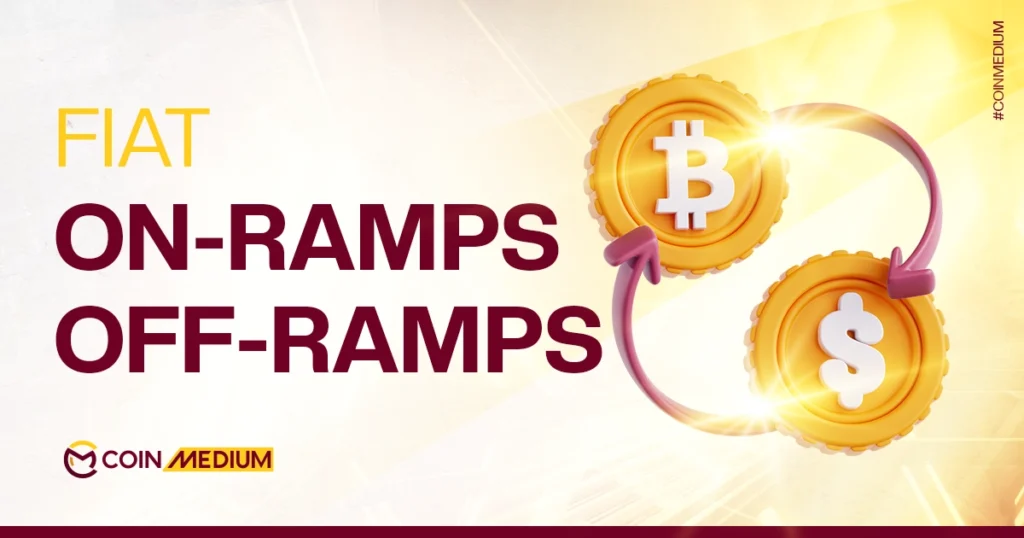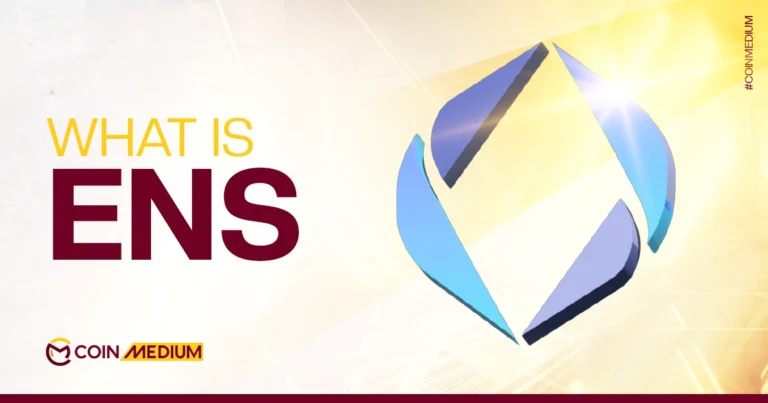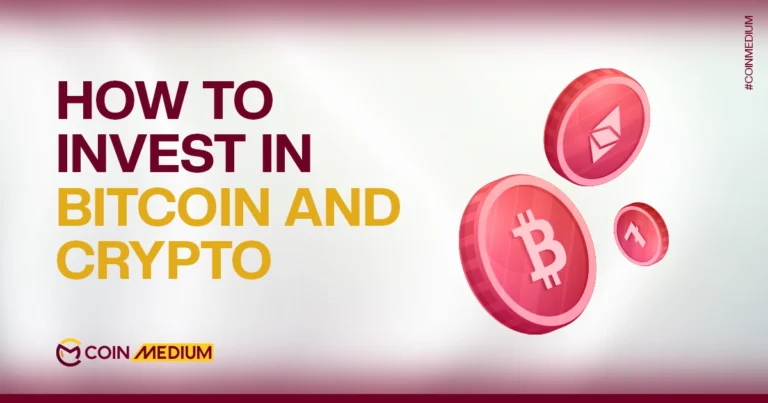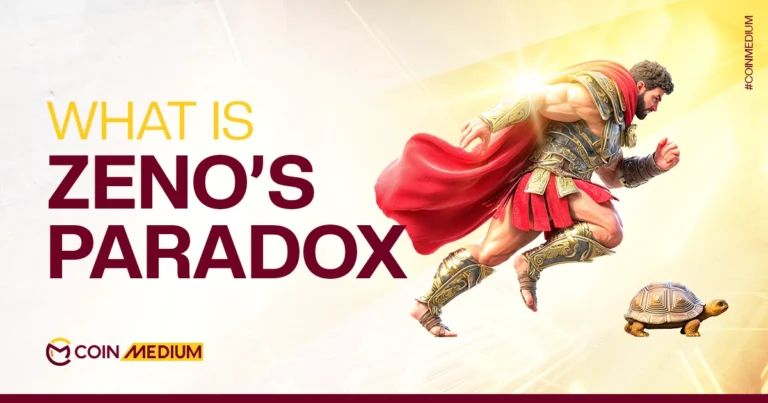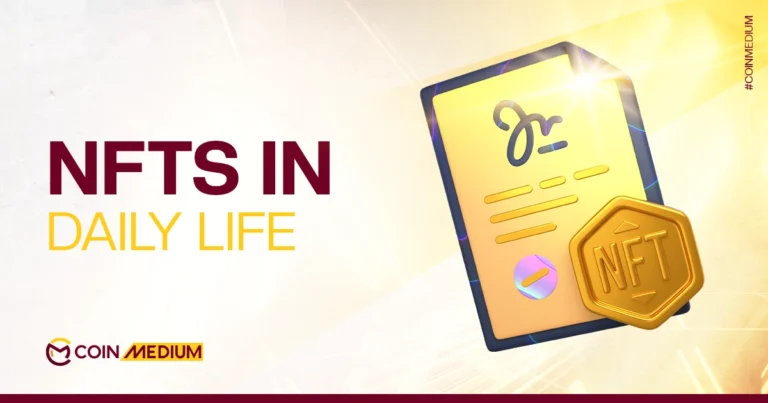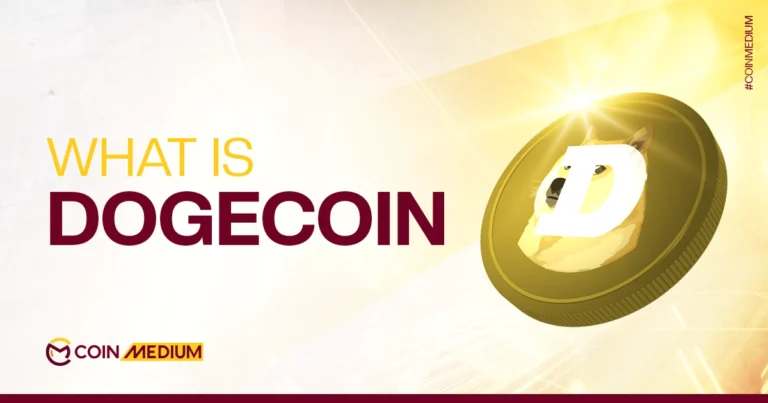- What fiat on-ramps and off-ramps are.
- How they connect traditional money with cryptocurrencies .
- Where on-ramps and off-ramps are typically found (like exchanges or apps) .
- Why these services interact with blockchain networks .
- The challenges they face, including regulations and technical issues .
As more people use cryptocurrency, it’s important to understand how they actually get their money in and out of the system. This is where the terms “fiat on-ramps” and “off-ramps” come in. These are services or processes, often offered by exchanges, apps, or wallets, that help users move between traditional money like dollars, euros, or dirhams, and digital assets like Bitcoin or Ethereum.
Let us discover these ramps work, who controls them, and why they matter for both new users and regulators. We’ll also look at some of the risks, recent developments, and what the future may hold for fiat gateways in a fast-changing digital world.
What Are Fiat On-Ramps?
Fiat on-ramps are services or processes that allow users to exchange traditional money for cryptocurrency. Fiat on-ramps include crypto exchanges like Binance or Coinbase, where users can send money from their bank accounts to buy cryptocurrencies.
When someone uses an on-ramp, they are entering the crypto ecosystem by converting fiat to digital assets.
These services are designed to make the process simple, offering familiar payment methods and local currency options. Many people use on-ramps to start investing in crypto or send digital money to family or friends.
In most cases, the cryptocurrency they buy is then sent to a wallet on the blockchain. That means the transaction is recorded and secured by the blockchain network, not just stored inside the app or exchange.
What Are Fiat Off-Ramps?
Off-ramps are the opposite; they let users convert their crypto back into fiat money.
After holding or trading digital coins, someone might want to cash out and move their funds into a bank account. That’s where off-ramps come in. They make crypto useful in real life by allowing it to be spent or saved as regular money.
Crypto exchanges, peer-to-peer platforms, and even some crypto-linked debit cards act as off-ramps. Without them, many users would find it hard to exit the market or use their earnings. In some countries, off-ramping is harder due to local laws or lack of support, which can limit access to crypto.
After holding or trading digital coins, someone might want to cash out and move their funds into a bank account. This usually involves taking coins out of a blockchain wallet and sending them to a platform that can convert them into regular money. Many users convert volatile cryptocurrencies to stablecoins like USDT or USDC before off-ramping to minimize losses from price fluctuations.
What are the challenges that face on-ramps and off-ramps?
One of the downsides of the On-ramps and Off-ramps is that they are closely watched by governments and financial authorities. On-ramps and off-ramps are where identity checks and regulations are usually applied, such as KYC (Know Your Customer) and AML (Anti-Money Laundering) rules. This helps fight fraud, but also creates pressure on crypto platforms to comply with laws.
One major risk is regulation. Regulations vary widely, with some countries imposing strict KYC/AML requirements and others, like those following FATF’s Travel Rule, requiring detailed transaction reporting, which can complicate operations for crypto platforms.
Some countries even block or limit these ramps, making it difficult for users to access crypto. Finally, there’s also the risk of scams, especially on peer-to-peer platforms, where users may be tricked into sending money or crypto to the wrong person.
Technical issues can also be a problem. Delays, blocked withdrawals, or unstable exchange rates during high market activity can frustrate users. And because crypto is still a new and fast-moving field, some platforms offering ramps may shut down suddenly or face legal troubles, leaving users without support.
Fiat on-ramps and off-ramps are key to using crypto in real life. They help people move money in and out of the crypto world. But they also come with challenges like rules, scams, and technical problems.
As crypto grows, these ramps will become even more important.



